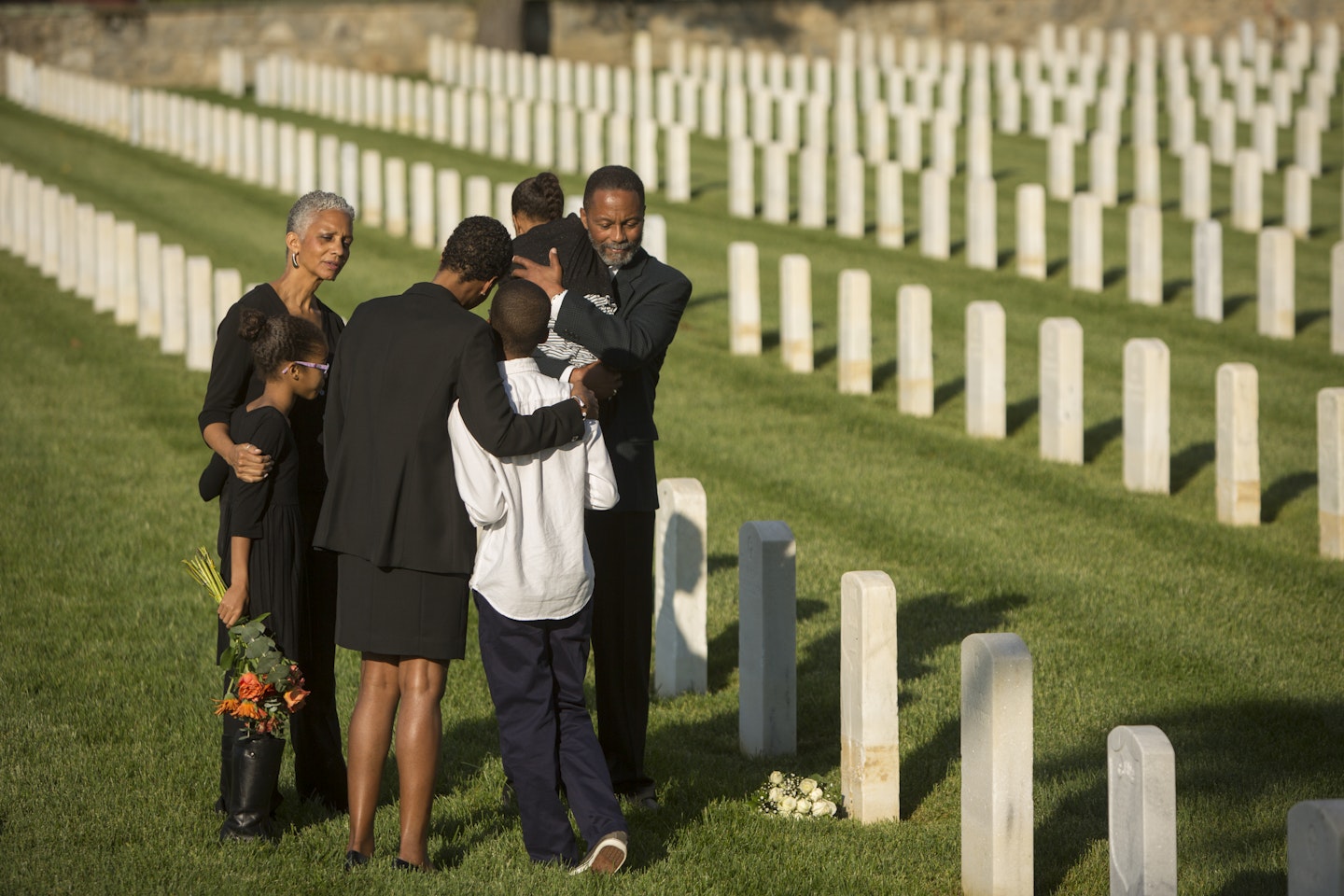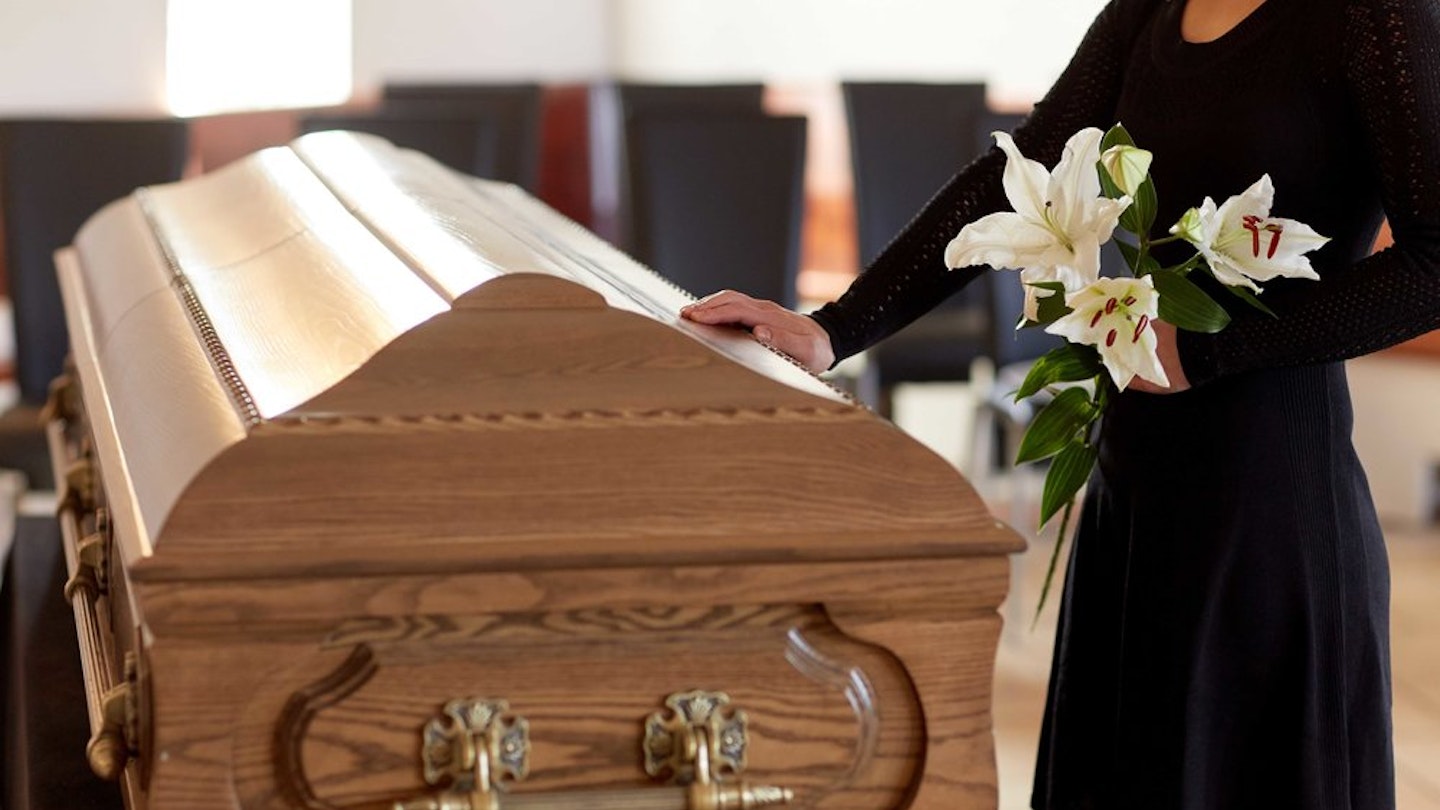We all know that funerals can be quite emotional. As well as grieving for the person who has died, it can be difficult to know how to behave, what to wear and what to say, especially to the immediate family.
Funerals have changed a lot over the decades and each is very individual. But www.myageingparent.com has come up with some general expert advice you can follow that gives an answer to your most common questions about funeral etiquette.
Who can go to a funeral?
Unless a family specifically asks for a private service, you don’t have to be personally invited. So if you knew the deceased, you are welcome to attend the service.
If the family has said they want a private service, you will have to attend the grave or the cremation memorial at another time to say your goodbyes. In a lot of cases, there will be a smaller family service followed by an open service where anyone can attend.
Can children go to a funeral?
The short answer is 'yes', although it is always best if they know what to expect and are emotionally prepared. It can be very uncomfortable and upsetting for a youngster to see a coffin or other adults crying. It might be a good idea to sit them down and explain exactly what will happen beforehand so they can make a choice as to if they still wish to come.
Very young children can get fidgety and disruptive too if the service is long, so unless the family has explicitly said they are happy for them to be there, it may be better to ask someone to look after them while you go.
How to write a funeral invitation
The main things to include in an invitation are the name of the deceased and their dates of birth and death. Essential details such as the time, date and location of the ceremony, and whether there is a plan for afterwards, for example providing refreshments in a local hall or at someone’s home. Plus a short, personal note from the family.
The right wording for a funeral invitation
There’s no right or wrong wording, and of course it very much depends on the personality of the loved one you’ve lost – if they were playful and silly, you might not want such a formal invitation as usual. But here is one example you could copy:
“Come and celebrate the life of Mary Smith
Saturday 14 March, 2020
1.m-3pm
St Peter’s Church, Church Lane, Reading RE1 1NR
Refreshments will be provided after the service in the church’s function room”
What should I wear to a funeral?
.jpg?auto=format&w=1440&q=80)
Traditionally, of course, families and friends would wear black, but in recent years this has changed. Nowadays, men will often wear a dark suit with often a black tie, whilst women generally wear smart dresses.
It's best to consult your invitation or the person who is organising the funeral though. Sometimes it will be suggested that everyone wear colourful clothing to celebrate someone’s life, especially at memorial services. But unless they have specifically said this, it’s best to assume “dark and smart”. Churches and cemeteries can be very cold places during the winter months too, so wrap up warmly.
What should I say during a funeral?
Speaking to the chief mourners either before or after the funeral is the polite thing to do, as long as they are not finding it difficult to talk. If you are unsure of what to say, then simply express your deepest sympathy and say a few words about how you knew the departed and a few kind words about them.
If you have been asked to say a few words at the service, then it’s best to share your important or happy memories of the deceased and say why they were so loved.
Where should I sit during the funeral service?
This can be quite difficult to judge. On the one hand, the front part of the church or crematorium should be left for family and close friends. On the other, if you sit at the back and have hearing problems you may not be able to hear the readings. If you are not a close relative, then it is best to try and sit in the middle or back of the church.

What follows the funeral service?
Once the service has finished, everyone will follow the minister and chief mourners out of the church or crematorium chapel. If the second part of the service is being held at a crematorium, the coffin will be transported from the church in the hearse to the crematorium followed by close family members in funeral cars. You should follow these cars in your own.
At burial services, family members and friends will walk down with the coffin to its grave where the vicar or priest will speak as the coffin is lowered into its final resting place. Family and friends may lay some flowers down and say their last goodbyes once the minister has finished speaking.
Should I go to the crematorium service?
Crematorium services are fairly short. Similar to the church service, mourners will follow the coffin into the chapel, usually to a song that meant something to the deceased. The coffin can either be placed on a stand or can be placed where the curtains will close on the coffin before mourners leave. Again, the close relatives of the deceased will say their goodbyes first before leaving and being followed out of the chapel by other mourners.
What happens after the services?
After this, there is often a ‘wake’ or gathering afterwards. The order of service should tell you whether everyone is welcome. And these are traditionally the times where – over a drink or two - family and friends can remember the person they have lost and celebrate the happiness they brought.
Should I send flowers before a funeral?
If you are a close friend to the deceased, sending flowers is a traditional way to show your sympathy and the family will really appreciate it. These can be sent to the church, to the home of the departed person’s family or sometimes direct to the funeral director. A little card with a short, personal message should go with the flowers.
However, if the funeral flowers have already been organised, families will often ask for no flowers to be sent and instead to make a donation to a charity the deceased supported. If this is the case, you should respect their wishes. Some religions, such as Judaism, do not have flowers at funerals, so it’s best to check with the family or other close friends before sending any.
What’s the etiquette around funeral flowers?

In general, anything you bring will be much appreciated by the family of the deceased, but if you want flowers with a particular meaning there are several popular choices. Lilies have often been associated with death and funerals as their whiteness and beauty symbolises the innocence of the soul. Carnations are also popular for sympathy bouquets and displays – white stands for love and innocence while pink is for remembrance. In many countries chrysanthemums are only ever seen at funerals or on graves and they are a common choice in the UK too. Meanwhile roses are classic, beautiful and evoke reverence. A single rose in a bouquet expresses enduring love.
What should I write in a sympathy card?
It's easy to feel at a loss at what to write in a sympathy card. You may have too much to say or be unsure of exactly what words to use to express how you feel. Remember that whoever is reading your card will not be judging you on your style of writing or even any spelling errors you make. Unless you'd like it to be, you don't have to write anything too long, if you don't know the deceased well but still want to express your condolences, simply writing that you are sorry for their loss is fine. Let the receiver of the card know that you are thinking of them and finish by offering help, whether that's simply a chat whenever it's needed or even by cooking them dinner. Remember, a sympathy card is an opportunity to provide comfort as well as support and concern.
What should I bring to a funeral?
Generally nothing in particular is required, unless the family have asked for something specific. If you haven’t posted a sympathy card for family members, it might be nice to bring one along, and also tissues or a hanky is recommended for emotional moments. Of course the nicest gift you can take are your memories of the special person, which their friends and relatives will likely be so grateful to hear.
What should I do if I am asked to be a pallbearer?
Being asked to be a pallbearer is a great honour and should always be accepted unless you have a special reason why you can't. Pallbearers should ideally get to the church or crematorium at least half an hour before the service begins, so that the funeral director can talk you through what you will be doing
Other things to think about
-
If you are attending a cultural funeral, you may need to do some further research into the customs and traditions of these individually as things may be done a little differently to how you might expect.
-
If you feel that you may struggle to be present at a funeral of a loved one, consider sending some flowers or a note to offer your condolences instead and explain that you are not ready to publicly grieve yet.
-
You may be surprised that some funerals take on a more lively atmosphere with upbeat music and you could even be requested to wear a specific colour. This is most likely due to the wishes of the deceased and you will most likely this be told this beforehand via the invitation.
